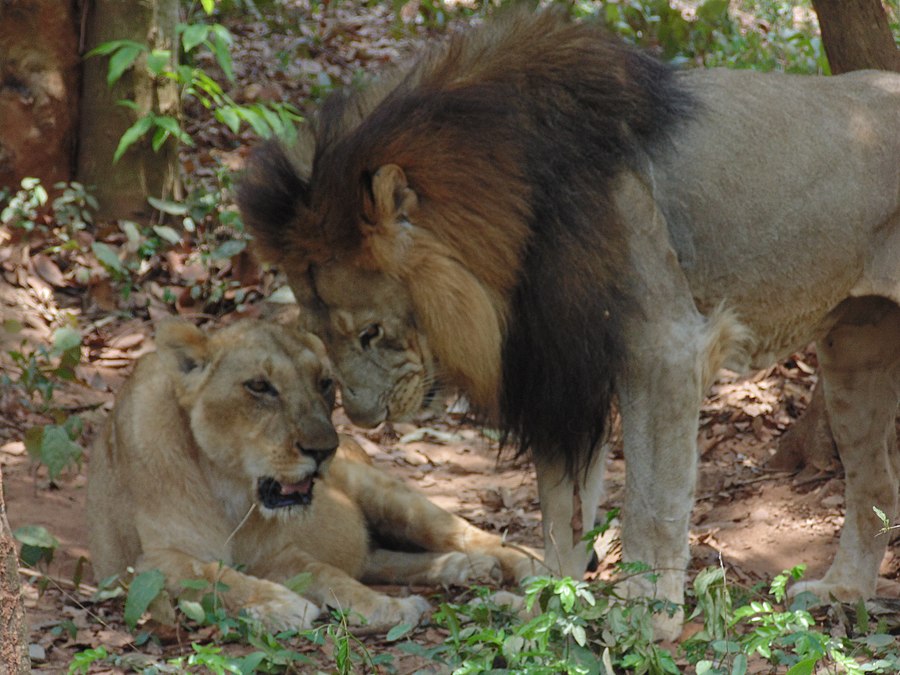Facts About West African lion
The Panthera leo leo, a subspecies of the lion, roams the landscapes of West Africa, northern Central Africa, and India. In India, these majestic creatures primarily inhabit Gir National Park and its surroundings. Unfortunately, the West African lion population is critically endangered, with fewer than 250 mature individuals left in the wild.
The classification of lions has long been a subject of scientific debate, with various subspecies and groupings proposed. However, recent genetic research has revealed that lions from West and Central Africa are closely related to those in India, forming a distinct group separate from their Southern and East African counterparts.
Lions once roamed vast territories, including North Africa, southeastern Europe, the Arabian Peninsula, and the Middle East. Sadly, their range has dramatically diminished over time. The Barbary lion, which once lived in North Africa, has been extinct since the mid-1960s. Today, lions are no longer found in many of their former habitats. The Asiatic lion population in India's Gir Forest is currently listed as endangered.
Lions are known for their unique behaviors and social structures, including group hunting and specific dietary preferences. However, they face numerous threats, such as poaching, habitat loss, and a declining prey base, particularly in West and Central Africa. Various conservation efforts are underway to combat these challenges, including strategies to protect lion populations and address human-lion conflicts. The role of lion trophy hunting in conservation remains a contentious issue, with divided opinions on its benefits.
In captivity, lions can be found worldwide, although the origins of some captive lions are uncertain. The genetic diversity and conservation status of lions in different regions underscore the importance of ongoing research, conservation initiatives, and sustainable management practices to ensure the survival of this iconic species.

 Republic of the Congo
Republic of the Congo